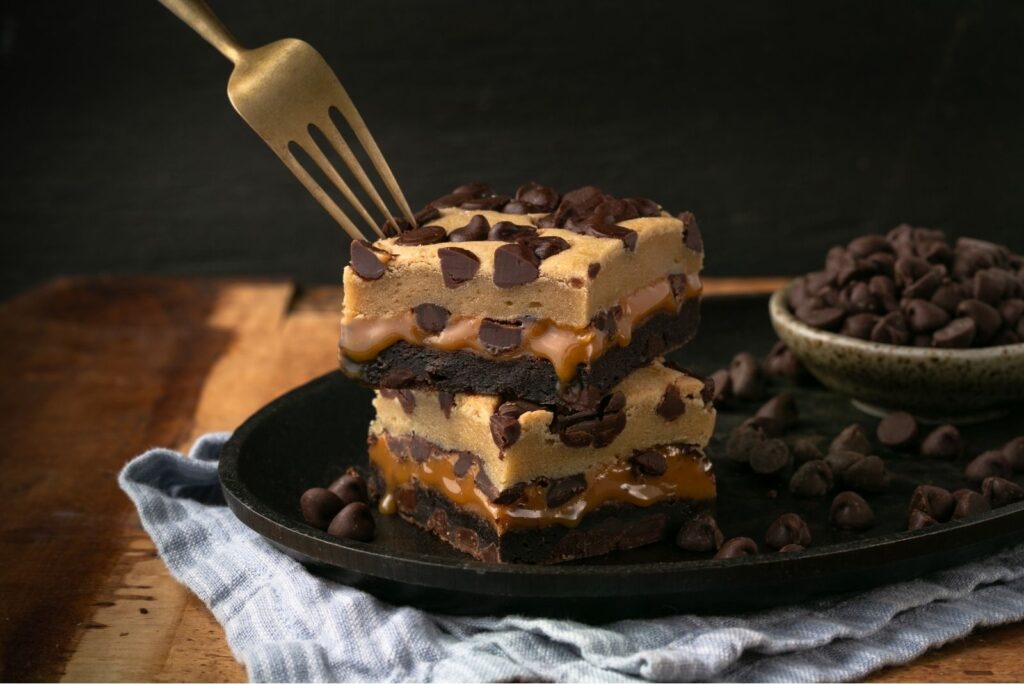BELLEVUE, WA — Some ingredients like butter and sugar go in and out of fashion, depending on what direction the wind blows to sway the court of public opinion. Although vilified by many consumers, when sugar is on the ingredient list of an indulgent baked good, it fares better than some of the alternatives.
“Consumers think about sugar in different ways,” said Shelley Balanko, PhD., senior VP at the Hartman Group, a research firm focused on food and beverage consumer trends. “For some, it’s just evil, and they try to avoid it at all costs. Others feel that it’s part of their daily life, and they’re just trying to be more mindful and intentional about when they have it. And then others see sugar as an elevated ingredient, and they’re looking for really high-quality sugar at those times when they’re ready to indulge.”
And while artificial sweeteners can be less desirable than sugar, natural and sustainable replacements like maple syrup or honey are seen as viable options on the ingredient list.
Similarly, butter has seen its share of ups and downs with consumer preferences. But as more people put real ingredients in the “permissible indulgence” column, products like croissants used with real butter are gaining popularity.
Creating an experience — and an unforgettable one at that — means the R&D has to be innovative. For decadent baked goods like brownies, that innovation often starts at the retail bakery level, where small operators are nimble enough to really go for extreme impact. Killer Brownie can take inspiration from that while considering how to realistically produce an impactful innovation at scale.
“We have some proprietary processes that help us take the experience you’d typically only expect in a small bakery and scale it to a national program,” said Chimene Ross, Killer Brownie president and chief customer officer. “We look first at all the ingredients and ask ourselves if we can fit it into our processes to scale it, and we also look at how that product will help our partnerships with current customers, so they’ll be able to expand it. Is it something that their customers will get excited about? Ultimately, we want to create a product that makes our customers — retailers and bakeries — look great. We want the end consumer to get excited about coming into that location to buy the product.”
Data from NielsenIQ indicated that brownies are in fact generating that excitement in the perimeter, with the category seeing 18.5% sales growth as of Jan. 1, 2022, a significant spike from the flat sales the year before.







